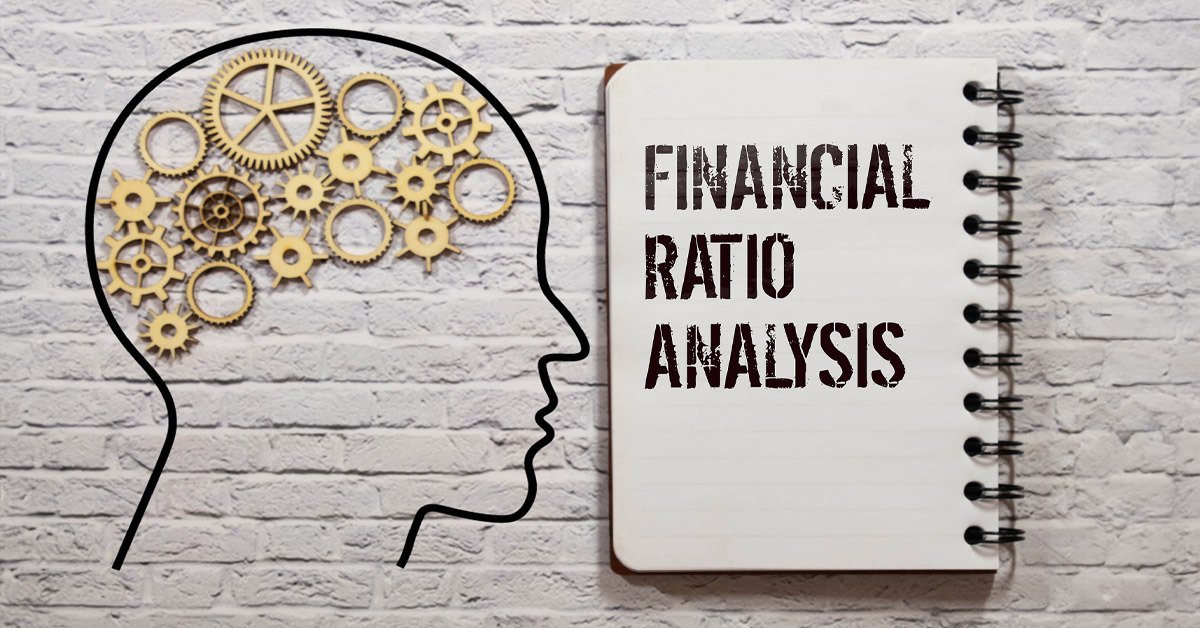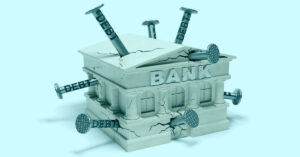For commercial mortgage brokers, financial analysis is the foundation for making informed decisions and providing counsel to clients. Brokers must understand the concepts of financial analysis, and they need the skills to evaluate the merits and risks associated with different investment opportunities.
These skills enable brokers to estimate and analyze financial performance, return on investment and property value while negotiating deals more effectively. Quick calculations of the net operating income, the capitalization rate or the debt-service-coverage ratio, for instance, will enable the mortgage broker to demonstrate a higher level of professionalism to a potential client.
“There are about 25 commonly used financial ratios. Several of these are regularly employed when analyzing the performance of a potential commercial real estate investment.”
While these skills may be rudimentary for veterans of commercial real estate finance, those who are new to the business — or even a residential mortgage originator who dabbles in commercial deals — will need to immerse themselves in the basics. A solid grasp of accounting is useful when participating in this field.
Investment analysis
At the heart of financial analysis is an understanding of the financial ratios that measure the relationship between two or more components in a company’s financial statements. These ratios provide a way to track a property’s performance compared to industry standards, identify potential problems and offer a basic report card on management.
There are about 25 commonly used financial ratios. Several of these are regularly employed when analyzing the performance of a potential commercial real estate investment. The following list of terms is not all-inclusive but offers some key areas that can greatly benefit commercial mortgage brokers in their day-to-day business endeavors.
The objectives of financial statements are to provide information about the fiscal performance and changes in the financial position of an organization. This information is crucial when making business and investment decisions.
Financial information is presented in a standardized manner through a set of accounting rules and standards for financial reporting known as Generally Accepted Accounting Principles (GAAP). Much of the information about a company will be found in three common financial statements: the balance sheet, income statement and statement of cash flow.
Balance-sheet basics
The balance sheet is one of the most essential tools in the analysis process. It provides a detailed report of a company’s assets, liabilities and shareholder equity at a specific time, such as the end of the year.
This statement, however, does not show the trends playing out over a longer period of time. Consequently, the balance sheet should be compared with previous periods. By using financial ratios to examine the balance-sheet information, additional insights can be uncovered about a property’s financial condition.
The balance sheet places assets on the left side of the equation, with liabilities and shareholder equity on the right. The resulting equation is assets = liabilities + equity. The accounting equation can be read as assets – liabilities = equity.
The balance sheet is divided into current assets (converted into cash in one year) and long-term assets (converted into cash beyond one year). The accounts are arranged according to their liquidity and the ease with which the assets can be converted into cash.
A liability is any debt a company is obligated to pay. This may include debts to lenders and suppliers, rent and salaries. Long-term liabilities include the total amount of any debt due beyond one year. This will include all debt that’s amortized over a multiyear period.
Current liabilities include the portion of debt due within the next 12 months. As an example, if a company has nine years left on a mortgage for its office building, one year of this obligation is classified as a current liability and the remaining eight years as a long-term liability.
Digging deeper
Other aspects of the balance sheet include equity, which is the net asset value for the shareholders of a business. Net assets are the total assets minus liabilities.
Don’t overlook the balance-sheet footnotes. These offer information on assets, debts, accounts, contingent liabilities and background details to explain the financial numbers.
“These skills enable brokers to estimate and analyze financial performance, return on investment and property value while negotiating deals more effectively.”
An income statement is another essential part of reporting a company’s financial performance. The income statement shows the total income generated, all related expenses, and the resulting profit or loss during a particular period (such as a month, quarter or year). This statement provides insightful knowledge of a firm’s operations and performance in relation to prior periods and industry peers.
Also crucial is the cash-flow statement, which is a report that reflects the amount of cash a company generates from its ongoing operations. It might be the most valuable of all statements since it tracks cash flow through the business in three key ways: operations, investments and financing.
Measuring profitability
A key financial metric used to measure the profitability of an investment property is net operating income (NOI). It represents the income generated by the property after the operating expenses are subtracted. To calculate NOI for commercial real estate, subtract the property’s operating expenses from its gross rental income.
Operating expenses include property taxes, insurance, maintenance, repairs, utilities and property management fees. NOI is used by lenders to determine the maximum loan amount they’ll approve based on the property’s income-generating capacity. (In equation form, NOI = gross rental income – operating expenses.)
The debt-service-coverage ratio (DSCR) measures the cash flow available to service the property’s debt. It is calculated by dividing NOI by the annual debt-service payments. A property with NOI of $750,000 per year and debt service of $600,000 per year has a ratio of 1.25 (DSCR = net operating income / total debt service).
A DSCR of 1.0 means the property generates enough income to cover its debt obligation. A ratio of 1.25 or higher is normally considered an adequate ratio for commercial real estate investments.
Measuring risk
A property’s net operating income is also used to determine the capitalization rate, or cap rate, which measures the anticipated return on a property’s investment income. It is calculated by dividing the property’s NOI by its market value.
Take, for example, an investor who wants to purchase a shopping center that generates $375,000 in net operating income and is valued at $7.5 million. The formula is cap rate = net operating income / property value, which in this example would equal 5%. This means that the property generates a 5% return on investment based on its income.
An investor can also calculate property value based on a desired rate of return. Using a 5% cap rate, the value of the same shopping center can be estimated as follows: value = NOI / cap rate. In this case, the value equates to $7.5 million.
The cap rate is useful for comparing the relative values of different commercial properties. A higher cap rate generally indicates a higher return on investment, but it’s also typically associated with higher risk.
Measuring returns
Two more key terms to remember are return on investment (ROI) and cash-on-cash (CoC) return. ROI is used to measure the profitability of an investment. It is determined by dividing the net income by the total amount invested. The higher the ROI, the better the deal for the owner.
Finally, to measure the cash income earned from invested capital, a broker can use the cash-on-cash return. CoC is calculated by dividing a property’s annual pretax cash flow by the total cash invested.
For instance, let’s say an apartment building costs $7 million with a $1 million downpayment. The building generates $150,000 in annual pretax revenue, so the CoC return is $150,000 divided by $1 million, which equals 15%.
The CoC return means that the cash income earned on the building is 15% per year. Once again, the higher the return, the better the investment.
● ● ●
The various ratios discussed here are important tools for analyzing the financial performance of commercial real estate. Like all tools, however, there are limitations. They are often based on past performance, may lack comparable data and may not offer enough information to identify an emerging trend. They also don’t reveal all of the relevant information about a company’s past, present or future.
Successful commercial mortgage brokers will use these tools and more to analyze a client’s investment prospects. Brokers need to understand a property’s history and be able to speak the language of financial analysis in the business environment. In other words, to know your numbers is to know your business. ●
Author
-
Garry Barnes is managing director of PW Partners Consultancy, headquartered in Salt Lake City, and is a freelance writer. He is a former president and CEO of banks in Arizona, California and Utah. He has taught at the university level, and is a frequent writer and lecturer on banking, finance and real estate matters. Barnes has served on the U.S. Small Business Administration’s National Advisory Council and received the SBA Arizona Financial Services Advocate of the Year award.
View all posts







